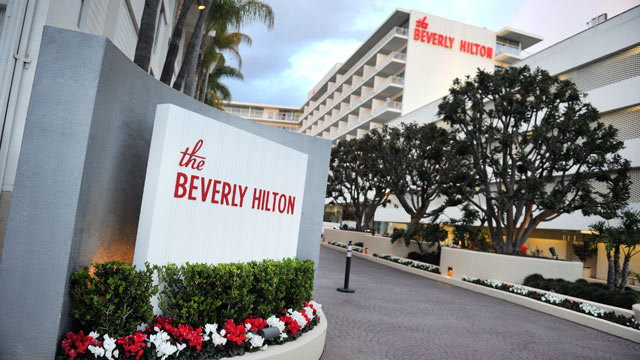Aside from the pueblos of New Mexico, the oldest
building in the United States is not, as you might expect, in New England, but
in North Miami Beach, Florida.
Maybe I’m splitting hairs here, but it’s actually
an ancient Spanish monastery that was originally built near Segovia, Spain, and
then moved to Florida in the 20th century.
The Monastery of St. Bernard de Clairvaux was
completed in 1141, but after a social revolution in the 1830s, it was seized,
sold, and converted into a stable. William
Randolph Hearst bought it in 1925 and had the buildings dismantled, the stones
packed in hay in more than 11,000 crates, and then shipped to the United
States.
Then the Depression intervened, and Hearst had to
sell the crates at auction, and they sat in a Brooklyn warehouse until 1952,
when entrepreneurs purchased them.
According to a 1953 Time magazine article,
it was “the biggest jigsaw puzzle in history,” took 19 months to complete and
cost over $20 million in today’s money.
Eventually a benefactor purchased the property and
donated it to the Episcopal Church making it available for church services and weddings.
I first visited what's often called "The Ancient Spanish Monastery" soon after I moved to neighboring Aventura, Florida in 1988. I loved the idea that there was this fabulous building tucked away between an Italian grocery and a tennis court. And I'm an architecture buff, so I loved walking around the property, seeing the centuries-old stones and absorbing atmosphere.
When I began writing romance novels set in South Florida I looked around for great locations to use. Most of my M/M romances take place on South Beach and utilize the Art Deco architecture there. In 2012, I published Mi Amor, a story of two very different guys who fall in love. Adam Beller is a cute young party planner and night owl, while Javier Marisco is a much more serious real estate entrepreneur.
The book ends with an HFN -- a happy for now-- as Javier and Adam begin the next steps in their journeys. When Loose Id asked its authors to consider our published works in light of the new rules regarding same sex marriage, I jumped at the chance.
I knew right away that if Adam and Javier were going to get married, it would happen at the Ancient Spanish Monastery. But do they make it to the altar? You'll have to read “The Sea Between Us” to be sure.

























